The first funicular to employ a single, two-rail track along its entire length, with a short passing track.
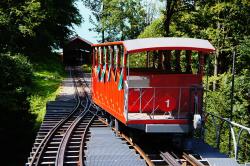
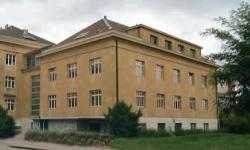
A key milestone in development of the quartz electronic wristwatch in Switzerland was the creation in 1962 of the Centre Electronique Horloger of Neuchâtel. The Centre produced the first prototypes incorporating dedicated integrated circuits that set new timekeeping performance records at the International Chronometric Competition held at this observatory in 1967. Since then quartz watches, with hundreds of millions of units produced, became an extremely successful electronic system.
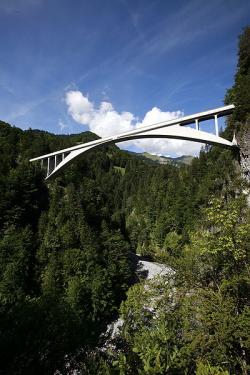
The Salginatobel Bridge, spanning the Salgina Valley ravine, is the earliest surviving three-hinged, hollow box arch bridge designed by Robert Maillart.

The Pilatusbahn—the steepest rack railway in the world—has operated successfully since its opening in 1889 over a route of 4.62 kilometers (2.87 miles) between Alpnachstad on Lake Lucerne and Pilatus Kulm, rising 6,791 feet (2,070 meters) above sea level. This results in a gradient of 48%, or a rise of nearly one meter in two meters of run on the steepest sections of the line, which amounts to about a quarter of its length.
This is the oldest operating vessel with a diagonal, compound steam engine, with disc valve gear. Operating at a higher pressure than the oscillating-cylinder engines then used in lake steamers, this type of engine was more powerful and efficient, as well as smaller. The compound engine, built by Sulzer brothers of Winterthur, uses super-heated steam from the boilers in two stages-high and low pressure-before exhausting it into a condenser. The engine produces 650 horsepower, turning two paddle wheels.

The 1992 Nobel Prize in physics was awarded to Georges Charpak, France, for his invention and development of detectors in high energy physics. Since 1959 Charpak had worked at CERN, the European laboratory for particle physics situated in the canton of Geneva in Switzerland. Charpak invented the multi - wire proportional chamber at CERN. The pioneering work was published in 1968. Largely due to his work particle physicists have been able to focus their interest on very rare particle interactions, which often reveal the secrets of the inner parts of matter.

The 1992 Nobel Prize in physics was awarded to Georges Charpak, France, for his invention and development of detectors in high energy physics. Since 1959 Charpak had worked at CERN, the European laboratory for particle physics situated in the canton of Geneva in Switzerland. Charpak invented the…
Read MoreThis is the oldest operating vessel with a diagonal, compound steam engine, with disc valve gear. Operating at a higher pressure than the oscillating-cylinder engines then used in lake steamers, this type of engine was more powerful and efficient, as well as smaller. The compound engine, built…
Read More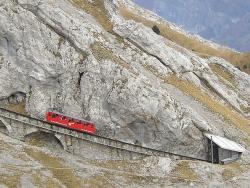
The Pilatusbahn—the steepest rack railway in the world—has operated successfully since its opening in 1889 over a route of 4.62 kilometers (2.87 miles) between Alpnachstad on Lake Lucerne and Pilatus Kulm, rising 6,791 feet (2,070 meters) above sea level. This results in a gradient of 48%, or a…
Read More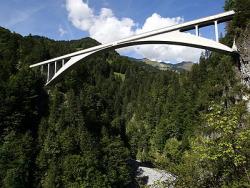
The Salginatobel Bridge, spanning the Salgina Valley ravine, is the earliest surviving three-hinged, hollow box arch bridge designed by Robert Maillart.
Maillart's 1901 invention of the concrete hollow box design became a major bridge building concept. In this design, the concrete arch…
Read More
A key milestone in development of the quartz electronic wristwatch in Switzerland was the creation in 1962 of the Centre Electronique Horloger of Neuchâtel. The Centre produced the first prototypes incorporating dedicated integrated circuits that set new timekeeping performance records at the…
Read More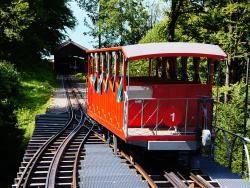
During the period of prosperity throughout Europe known as the Belle Epoque, railway systems saw…
Read More